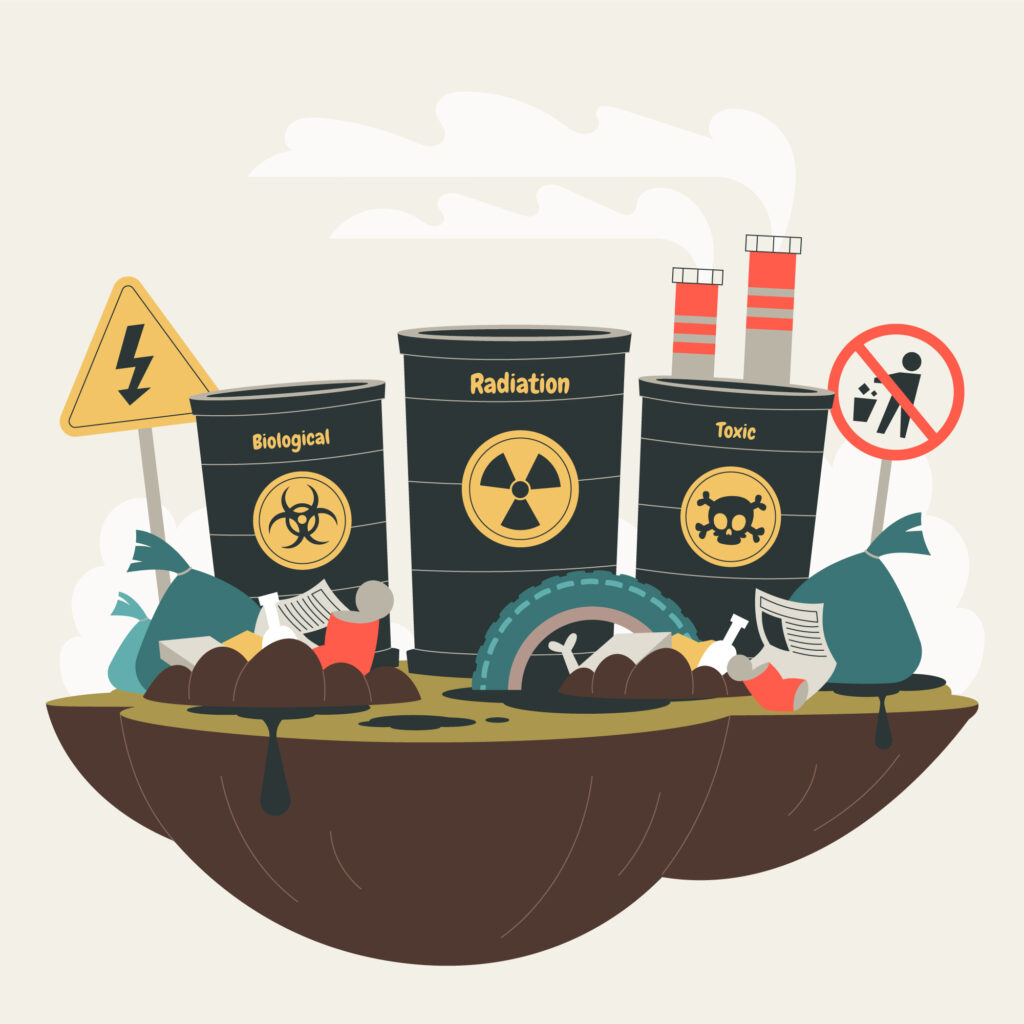In an era where environmental concerns are at the forefront of global discussions, scholar Cajetan Iheka brings a fresh perspective to the table with his groundbreaking work, “African Ecomedia.” This comprehensive study delves into the complex relationship between media production, ecological impact, and visual representation in Africa, offering a nuanced view of an often-overlooked aspect of the global media landscape.
Bridging Media and Ecology
Iheka’s research stands at the intersection of media studies, environmental science, and African studies. His work in “African Ecomedia” examines two critical aspects: the ecological footprint of media production in Africa and the portrayal of environmental issues in African visual culture. By doing so, Iheka illuminates the double-edged nature of visual media—its power to raise awareness about ecological crises and its complicity in environmental degradation.
Case Studies: From E-Waste to Uranium Mining
Iheka’s research is grounded in real-world examples. He examines works such as Pieter Hugo’s striking photography of electronic waste recycling in Ghana, which brings to light the often-hidden consequences of our digital age. Another focal point is Idrissou Mora-Kpai’s documentary on uranium mining in Niger, exposing the detrimental effects of resource extraction on local communities and ecosystems.

These case studies not only highlight the exploitation of African workers and the vast scope of environmental degradation but also showcase the resourcefulness and creativity of African media makers in addressing these issues.
However, the very process of creating these impactful visual media often contributes to the environmental problems they seek to address. The production of films, photographs, and digital art requires energy and raw materials and often involves travel to remote locations. In Africa, where much of the world’s electronic waste ends up, the lifecycle of media equipment becomes particularly problematic. The extraction of rare earth metals for electronic components, the energy consumption of data centers, and the disposal of outdated technology all have significant ecological footprints. This creates a troubling scenario where the means of production for awareness-raising media are themselves part of the problem.
This paradox poses challenging questions for media creators, consumers, and policymakers alike. How can we balance the need for impactful visual storytelling with the imperative to minimize environmental harm? What responsibilities do media producers have to consider and mitigate the ecological impact of their work? And how can we develop more sustainable practices in media production without compromising on the quality and reach of important environmental messages? Iheka’s research not only highlights this dilemma but also suggests that by acknowledging and grappling with this paradox, we may find innovative solutions that allow visual media to fulfill its role in environmental advocacy while minimizing its own ecological footprint.
In conclusion, Cajetan Iheka’s “African Ecomedia” offers a crucial perspective on the intricate relationships between media, ecology, and visual culture in Africa. His work not only contributes to academic discourse but also has practical implications for how we approach media production and consumption in an age of increasing environmental awareness. As we grapple with global ecological challenges, insights from studies like Iheka’s will be invaluable in shaping a more sustainable and equitable future for media and the environment.
